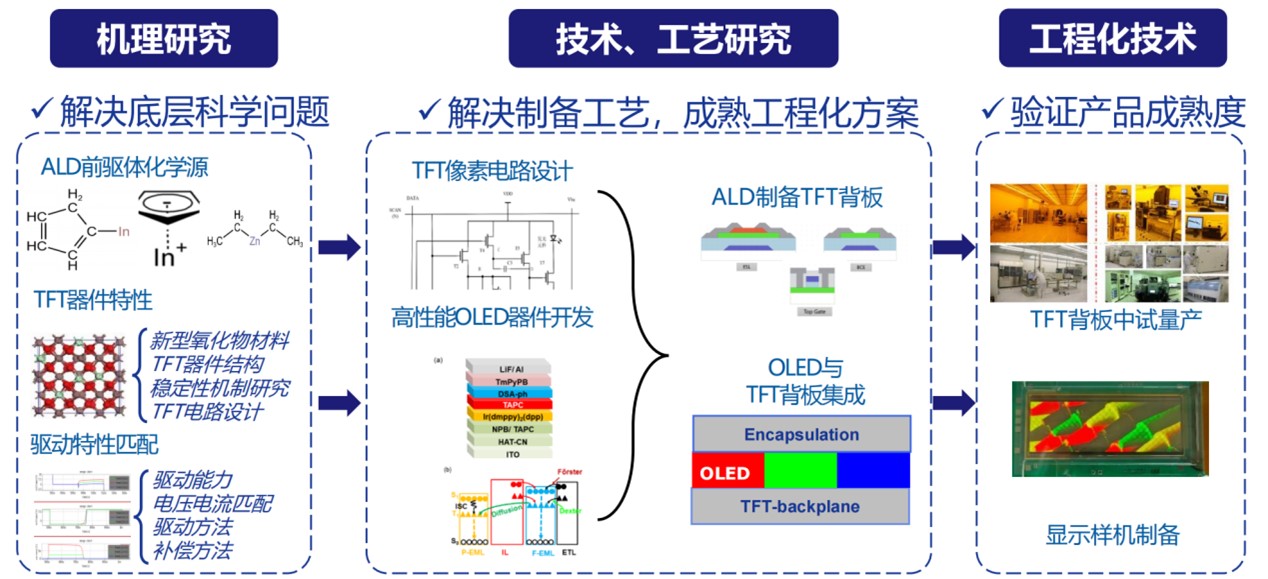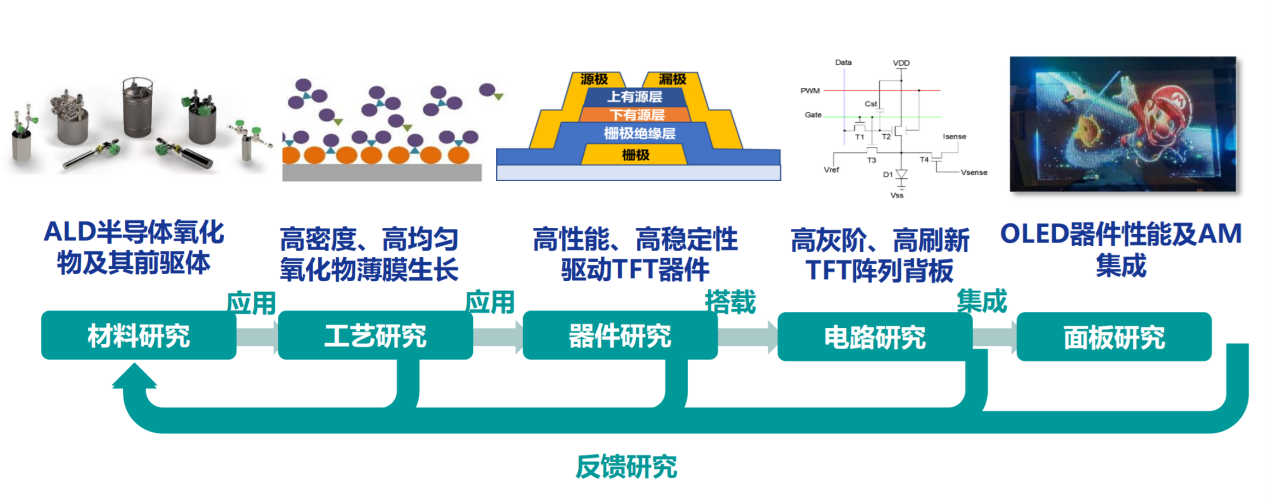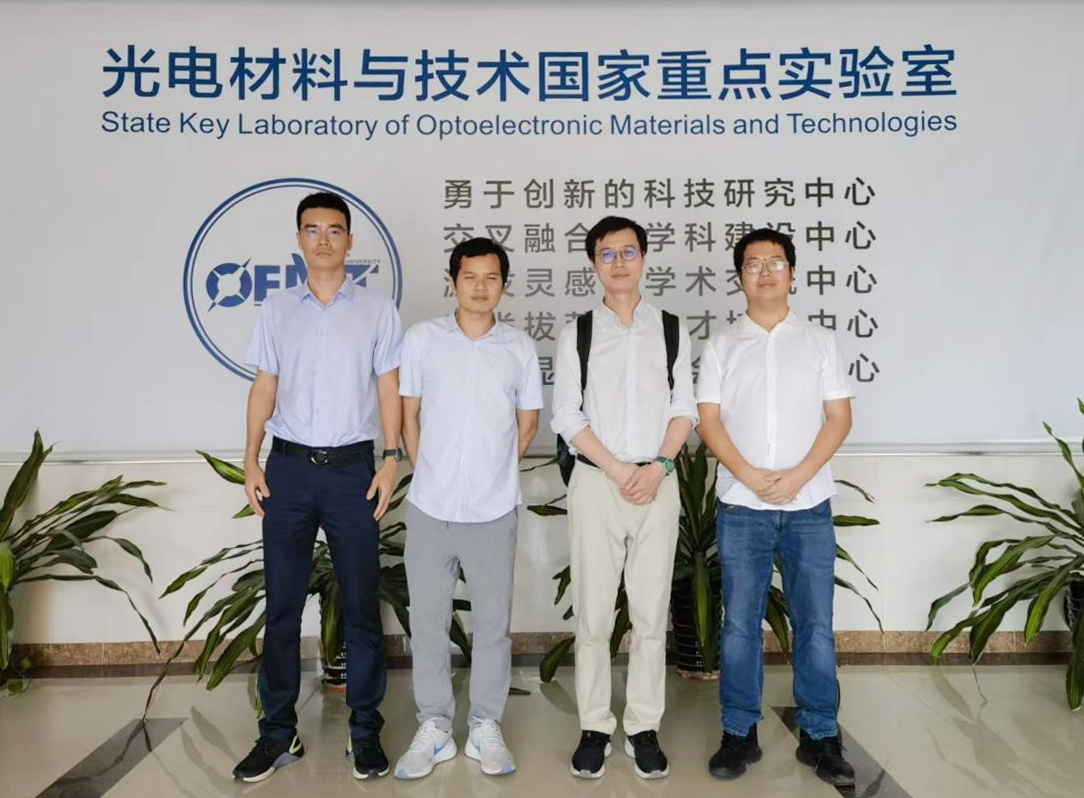The School of Education at City University of Macau has once again received funding from the Macau Science and Technology Development Fund (FDCT). Assistant Professor Dai Yi and Associate Professor Peng Jun, leading a research team, have been granted approval for their project titled "Research on Atomic Layer Deposition Oxide Semiconductor Thin-Film Transistors and AMOLED Displays" under the 2024 Guangdong-Macau Joint Funding Program for Technological Innovation. This marks the second FDCT-funded project for the School this year, following the approval in May 2024 of a project on eye-protecting learning devices based on far-screen optical technology. These achievements highlight the School’s collaborative efforts and its commitment to advancing smart education and educational technology, which are key areas of its disciplinary development. They also underscore the university’s continuous progress in interdisciplinary research at the intersection of education and technology.
The project is jointly organized by the Guangdong Provincial Department of Science and Technology and the Macau Science and Technology Development Fund, with evaluations conducted by expert panels from both regions. Assistant Professor Dai Yi formed a collaborative research team with the School of Electronics and Information Technology at Sun Yat-sen University, the School of Physics and Optoelectronic Engineering at Foshan University, and leading industry players. The team has a strong track record, having won the First Prize of the Guangdong Provincial Science and Technology Award in 2018 and the Second Prize of the Guangdong Provincial Science and Technology Progress Award in 2021. Additionally, Assistant Professor Dai has filed two national invention patents, laying a solid foundation for this project.
Project Overview
The development of mobile smart terminals, AR, and VR devices has driven the display industry toward higher resolution, ultra-high and ultra-low refresh rate switching, low power consumption, and flexible, foldable designs. These advancements demand higher performance from thin-film transistor (TFT) devices:
- High Mobility: Enables high resolution, fast response, narrow bezels, reduced IC count, and low power consumption.
- Low Leakage Current: Supports low refresh rates (for low power consumption) and intelligent functionality.
- Amorphous Films: Suitable for large-sized displays.
This project aligns with these technological trends, addressing the scientific and technical challenges of integrating high-performance oxide TFT backplanes with OLED displays using atomic layer deposition (ALD) technology. It aims to innovate in materials, structures, and processes to develop next-generation oxide backplane driving technologies for OLED displays.

Research Objectives
The City University of Macau research team will focus on TFT device simulation and modeling:
1. Analyzing oxide TFTs fabricated using ALD technology with TCAD (Technology Computer-Aided Design).
2. Establishing a "computational-experimental-database" material model.

Technical Roadmap
Project Significance
The project aligns with the national strategic need for sustainable development in the display industry. By leveraging the strengths of Guangdong and Macau, it aims to develop high-mobility oxide semiconductor transistors that meet future trends, positioning itself as a leader in next-generation TFT driving materials and processes. This will contribute to the localization of display materials in China, reducing reliance on foreign technologies.

Trends in Display Technology
Insights from the Project Leader
Assistant Professor Dai Yi emphasized that the next five years will be critical for China’s independent innovation and localization of new display materials and equipment, as well as industrial transformation and upgrading. Currently, the physical vapor deposition (PVD) process, widely used in the display industry, is dominated by early entrants (Japanese and Korean companies). With PVD equipment controlled by foreign giants like AMAT and increasing export restrictions, developing ALD-based solutions with industrial potential is crucial for breaking through existing intellectual property barriers and opening new technological frontiers. This will benefit domestic enterprises, particularly those in the Greater Bay Area engaged in ALD equipment development and production, fostering local industry growth.
Moreover, this project represents an innovative attempt at advancing hardware-level technologies, building on the foundation of the previous FDCT-funded project on eye-protecting learning devices. Assistant Professor Dai also expressed gratitude for the supportive research environment at City University of Macau, which has been instrumental in facilitating project applications and research activities.



